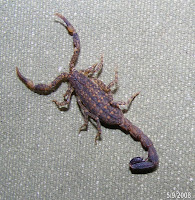
This is not a good image - it's really only suitable for my records, but I'm putting it up anyway. Don't be misled by this photo, the moth was more a light fawn colour.
I suspect it's Scopula perlata.
Subfamily: Sterrhinae
Geometridae

UPDATE: I've just received information that this moth might be Agrotis radians because of apparent white lines along the wing veins in my photo. The presence of white lines would separate A radians from A munda who don't have white lines. (Thanks MH)
Thanks to Mosura, I believe he is quite correct with his identification of this moth as Agrotis munda. The lava of this species is called the Brown or Pink Cutworm. It is a horticultural pest.
Subfamily: Noctuinae
Noctuidae

I have no idea what this one is! :-) Any help would be gratefully received!
UPDATE: This moth may well be (Cymatophora) aspera. Brackets because there is some confusion regarding genus. Virtually nothing is published either in books or online regarding this species of moth. Thanks again, MH. :-)
Geometridae
Subfamily: Ennominae

This one does look a bit like Helicoverpa punctigera and/or H. armigera, the caterpillars of both are serious crop pests!
Subfamily: Heliothinae
Noctuidae
All these moths were around 2cm in length.











